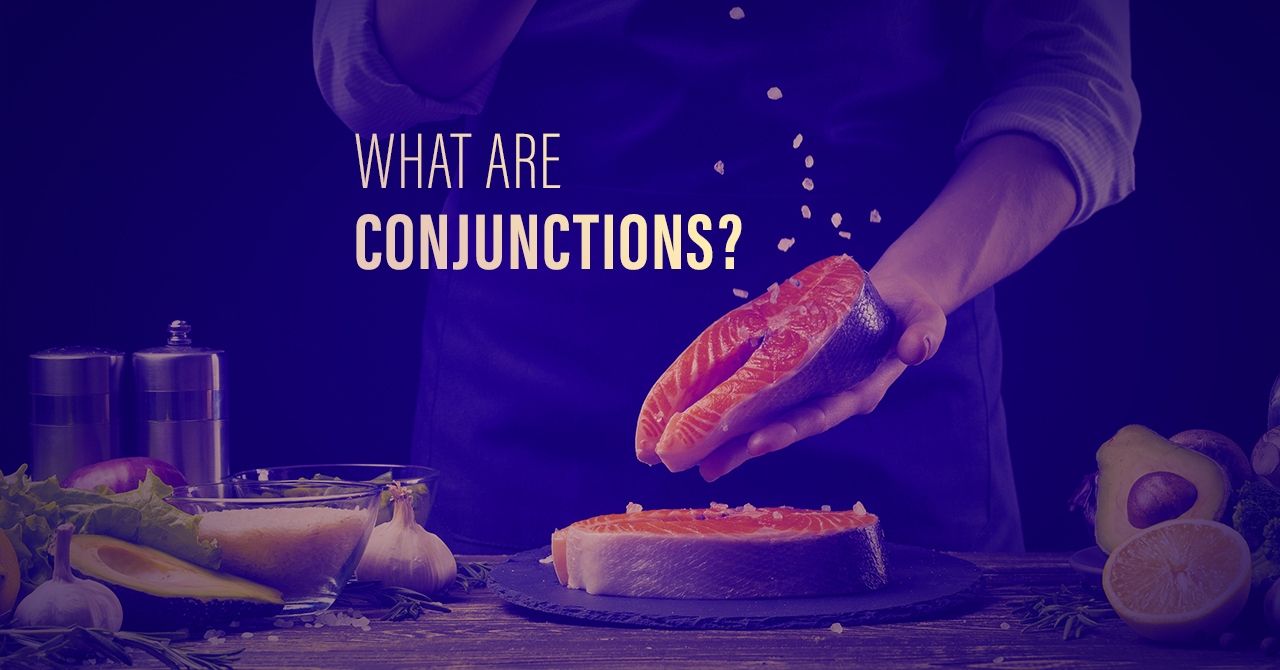
How to Use a Grammatical Conjunction Correctly with Examples
To put it simply, conjunctions are small words used between other words, clauses, or sentences to connect them.
An introduction to conjunctions
You probably already use conjunctions in most sentences that you say and write without even realizing it. They’re so common that most people use them naturally, whether they know their names or not.
What is a conjunction?
To put it simply, conjunctions are small words used between other words, clauses, or sentences to connect them. Conjunctions are required in almost all sentences to enrich them, extend them, or add more detail. Without conjunctions, we would speak in a series of very short sentences. There are three different types of conjunction, all with slightly different rules and uses.
Coordinating conjunctions
There are 7 grammatical conjunctions that you will definitely already be familiar with, as they are extremely common and easy to use: for, and, nor, but, or, yet, and so. They’re easily remembered by the mnemonic “FANBOYS.”
These are all coordinating conjunctions used for joining together words that are grammatically equal in a sentence.
Coordinating conjunction examples
While conjunctions may come naturally to both native English speakers and those learning it as a second language, it might not be quite so simple to identify them in a sentence. Here are some examples to help you use and spot the three different kinds of conjunctions.
I like summer, but I don’t like winter.
She has a fever, so I’m not sending her to school today.
We can’t take the bus, nor can we drive.
He ate a whole pizza, yet he says he’s hungry.
Notice the use of commas before the coordinating conjunction.
Correlative conjunctions
The thing to remember about correlative conjunctions is that they always come in pairs, used with two separate clauses. Examples include both/and, whether/or, not only/but also, either/or, and neither/nor.
Correlative conjunction examples
I’m leaving tonight, whether you like it or not.
They neither did the dishes nor tidied their bedroom.
The factory makes both smartphones and laptops.
She wants to not only get a promotion but also run the company.
Subordinating conjunctions
The final type of conjunction is subordinating conjunctions, which connect an independent clause to a dependent clause. They show a relationship, for example, cause and effect or differences, between the two clauses. While an independent clause can stand alone as a sentence, a dependent clause cannot. As a result, the conjunction must be part of the dependent clause, linking it to the independent clause.
The list of subordinating conjunctions is extensive, but here are some examples that you may already be familiar with: although, because, as, in order to, now, even, where, if, since, and unless.
Subordinating conjunction examples
I’m eating healthily in order to lose weight.
We thoroughly enjoyed the festival although it rained.
He wants to be a firefighter because his father was one.
You’re not going to the party unless you finish your homework.
If we take the last example and invert it, you’ll see that commas are only necessary with subordinating conjunctions when the dependent clause comes first:
Unless you finish your homework, you’re not going to the party.
Hello! My name is Beth. I'm from France. I'm a French and English native speaker and I really like writing.

